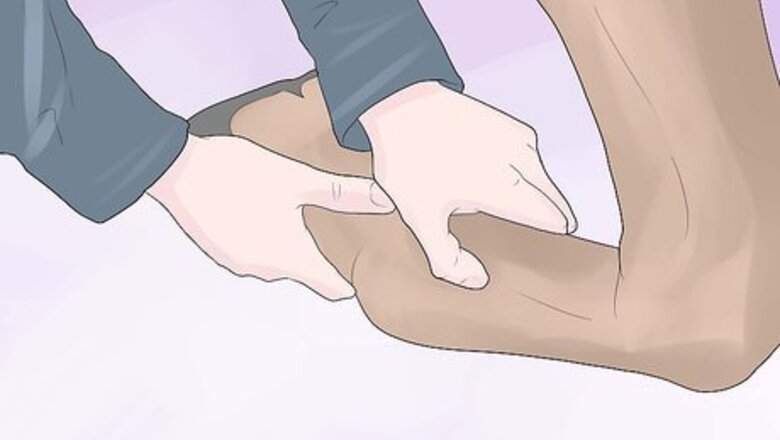
views
X
Trustworthy Source
American Association of Equine Practitioners
National organization with a mission of improving the health and welfare of horses and providing resources to people who work with them.
Go to source
This may be due to accidentally positioning its leg with respect to the fluidity of the horse's movement in connection with it's weight. If your horse injures one of the multiple tendons in the lower limb, lameness will most likely be evident, with the degree of lameness often reflecting the degree of the injury. How do you know if this is indeed tendon damage or some other type of injury?
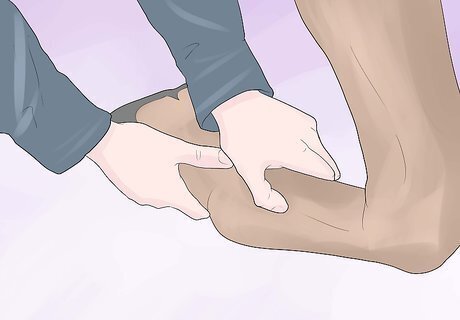
Look at the leg. Some hints of tendon damage should be visible. Is there any swelling in the lower portion of the leg (usually on the rear of the leg, but the front is a possibility too). Is the affected area warm, swollen and tender to the touch? Viewed from the side, the cannon bone area may actually resemble an archer’s bow instead of being straight.
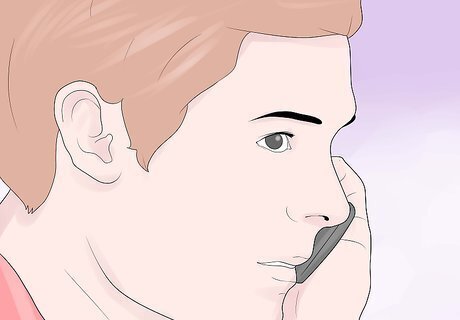
Call the vet. Initially, if you are sure that there is damage, cold water from the garden hose on the affected area for at least 15 minutes will help with the inflammation. This is something that you can do AFTER you call your Vet and waiting for her/him to arrive. It's very important that you have your Vet examine the injury!
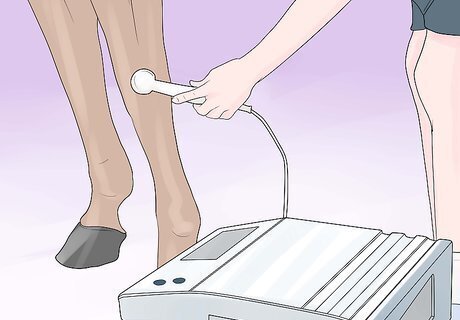
Know that veterinarians are able to diagnose torn or damaged tendons with the help of an ultrasound machine. These can be a great aid in determining the degree of the damage, location, and if any other structures have been affected.
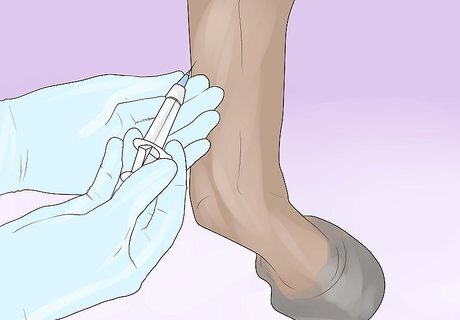
Know that treatments can vary. Depending on the tendon involved and the severity, treatments can be different. A severely torn tendon or ligament can take up to six months to heal, along with stall rest and supportive leg wraps. The majority of injuries result in a minor tear or strain, which are often resolved with stall rest, leg wraps and liniments. If the tear is major (completely separated), surgery may be required to attach the torn ends back together. This again, will require a lengthy time of wraps and stall rest.
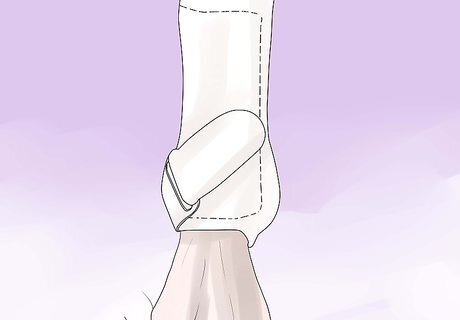
Realize that there may be a "splint." At times, an injury may cause a "splint", which is a separation or fracture of one of the splint bones (metacarpal/metatarsal one or three) in the canon bone region, on the side, more towards the rear. Again, these will heal with time and stall rest.
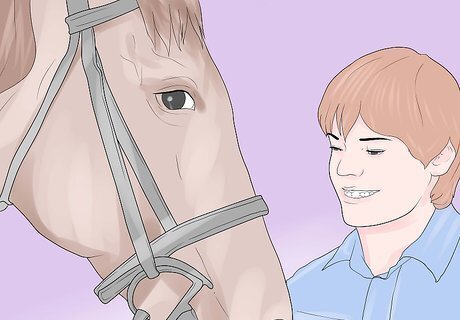
Be patient. Overall, tendon/ligament injuries take time and patience to heal.











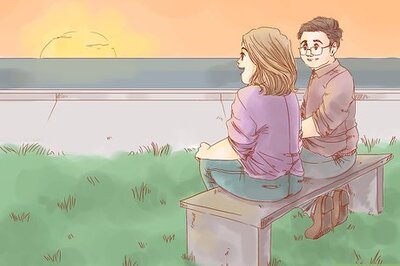
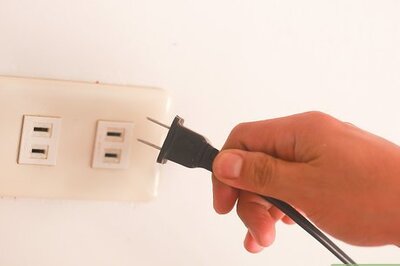



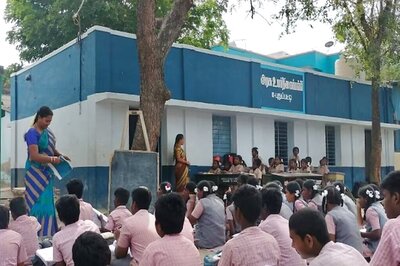


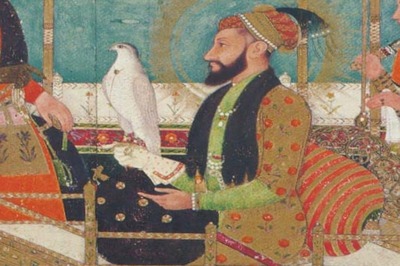
Comments
0 comment